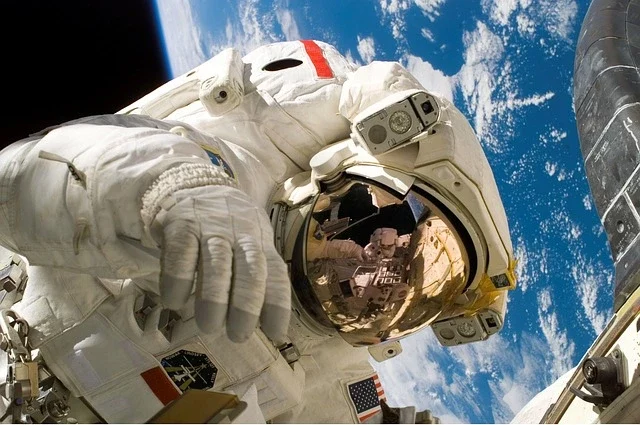Sunita Williams: Pioneering Astronaut Faces New Challenges in Space
Sunita Williams, the renowned Indian-American astronaut, finds herself at the center of an unfolding space drama that highlights both the triumphs and tribulations of human spaceflight. As a veteran of three spaceflights and multiple spacewalks, Williams has long been an inspiration to aspiring astronauts worldwide. However, her current mission aboard the International Space Station (ISS) has taken an unexpected turn, shedding light on the complexities and risks inherent in space exploration.
A Mission Extended by Technical Hurdles
Williams launched to the ISS on June 5, 2024, as part of the Boeing Crew Flight Test, a critical mission for NASA’s Commercial Crew Program. Originally planned as a week-long stay, technical issues with the Boeing Starliner spacecraft have extended her mission indefinitely, with her return potentially delayed until early 2025. This situation underscores the challenges faced by new commercial space vehicles and the importance of rigorous testing before regular operations.
The Boeing Starliner, designed to provide NASA with an alternative to SpaceX’s Crew Dragon for ISS transportation, has encountered several setbacks. Propulsion system issues and helium leaks have raised concerns about the spacecraft’s readiness for a safe return to Earth. These technical hurdles not only affect mission timelines but also highlight the ongoing competition and innovation in the commercial space sector.
Health Implications of Extended Spaceflight
As Williams’ stay in space stretches beyond its intended duration, attention has turned to the potential health impacts of prolonged microgravity exposure. Recent reports suggest that Williams may be experiencing eyesight issues related to Spaceflight Associated Neuro-ocular Syndrome (SANS), a condition linked to extended periods in space. This development underscores the need for continued research into the effects of long-duration spaceflight on the human body, particularly as agencies like NASA plan for future missions to Mars and beyond.
Additionally, the loss of body mass in microgravity environments presents another challenge for astronauts like Williams. This phenomenon, while expected, emphasizes the importance of specialized exercise regimens and nutrition plans for maintaining astronaut health during extended missions.
Time Perception and Psychological Challenges
Beyond physical health concerns, the unexpected extension of Williams’ mission raises questions about the psychological impact of prolonged space stays. Research suggests that extended periods in space can alter an astronaut’s perception of time, potentially affecting cognitive functions and overall well-being. As Williams and her colleague Barry Wilmore adapt to their extended stay, their experiences will provide valuable data for future long-duration space missions.
The Broader Implications for Space Exploration
Williams’ current situation serves as a reminder of the unpredictable nature of space exploration and the importance of flexibility in mission planning. It also highlights the critical role of international cooperation in space, as NASA works closely with its partners to ensure the safety and well-being of astronauts aboard the ISS.
Furthermore, this mission underscores the evolving landscape of space exploration, where commercial entities like Boeing and SpaceX play increasingly significant roles alongside traditional space agencies. The challenges faced by the Starliner program demonstrate the complexities of developing new spacecraft systems and the high stakes involved in human spaceflight.
Looking Ahead
As NASA and Boeing work to resolve the technical issues with the Starliner, the space community eagerly awaits updates on Williams’ return plans. The potential use of SpaceX’s Crew Dragon as a backup option showcases the benefits of having multiple crew transportation systems available.
Sunita Williams’ extended mission, while unplanned, continues to contribute valuable scientific data and insights into long-duration spaceflight. Her resilience and adaptability in the face of unexpected challenges serve as an inspiration to future generations of astronauts and space explorers.
As we look to the future of space exploration, including ambitious plans for lunar and Martian missions, the lessons learned from Williams’ current mission will undoubtedly inform and improve future spacecraft designs and mission protocols. Her experience reminds us that while space exploration pushes the boundaries of human achievement, it also requires careful planning, robust systems, and the ability to adapt to unforeseen circumstances.

